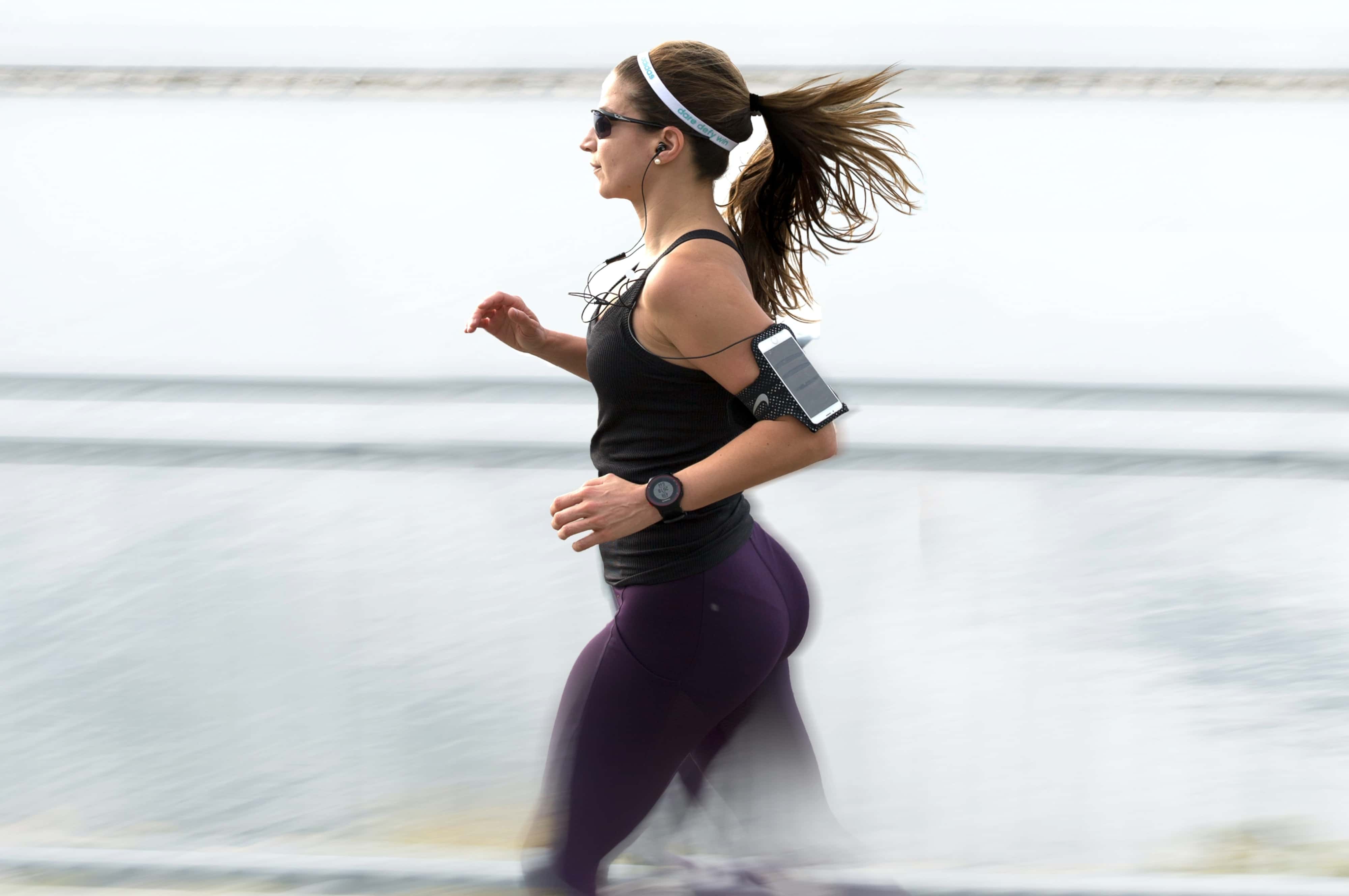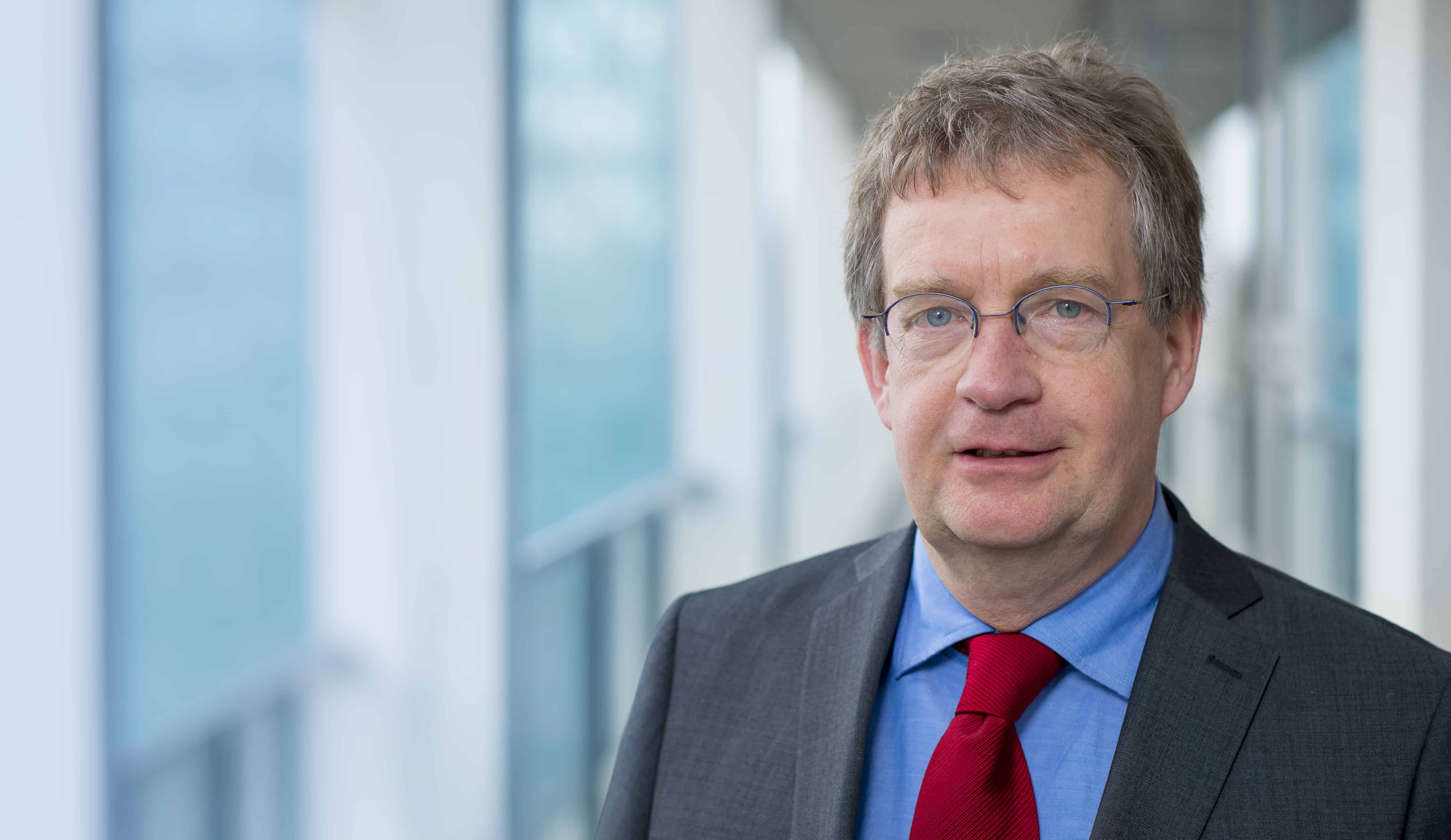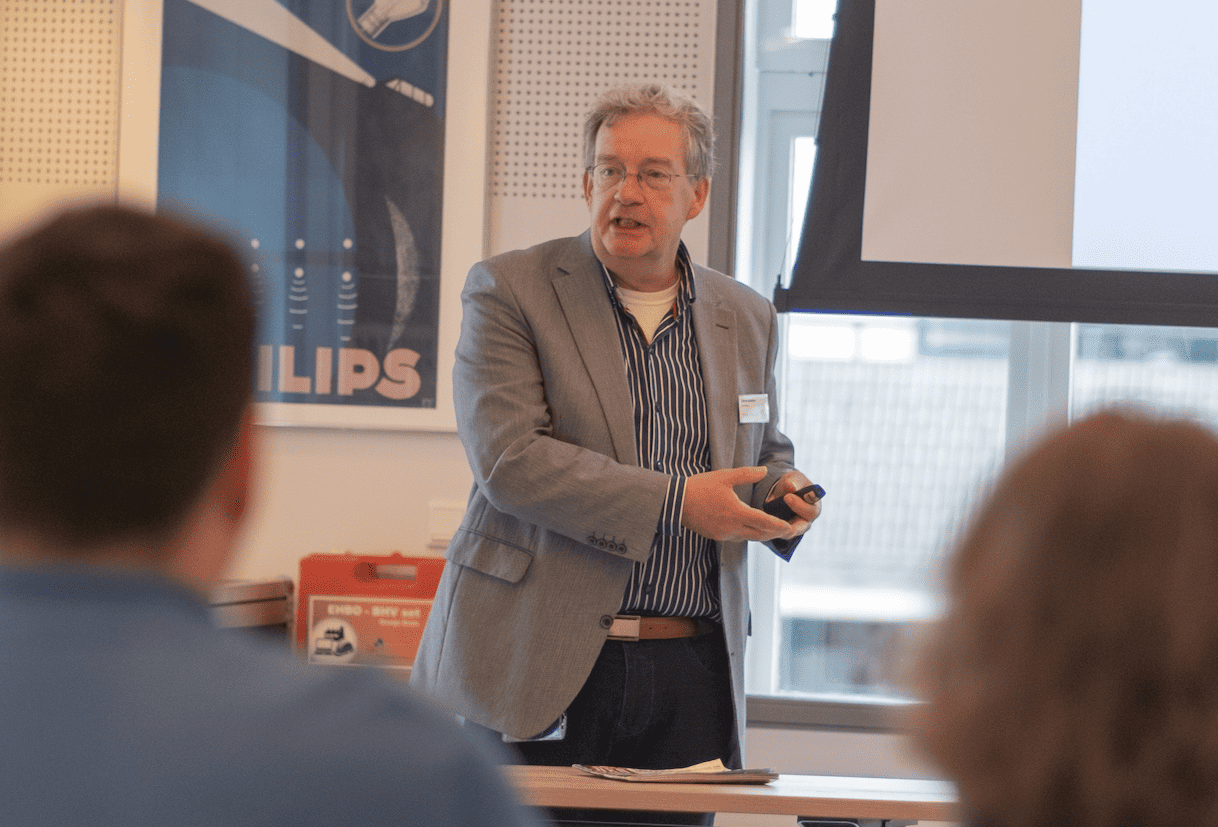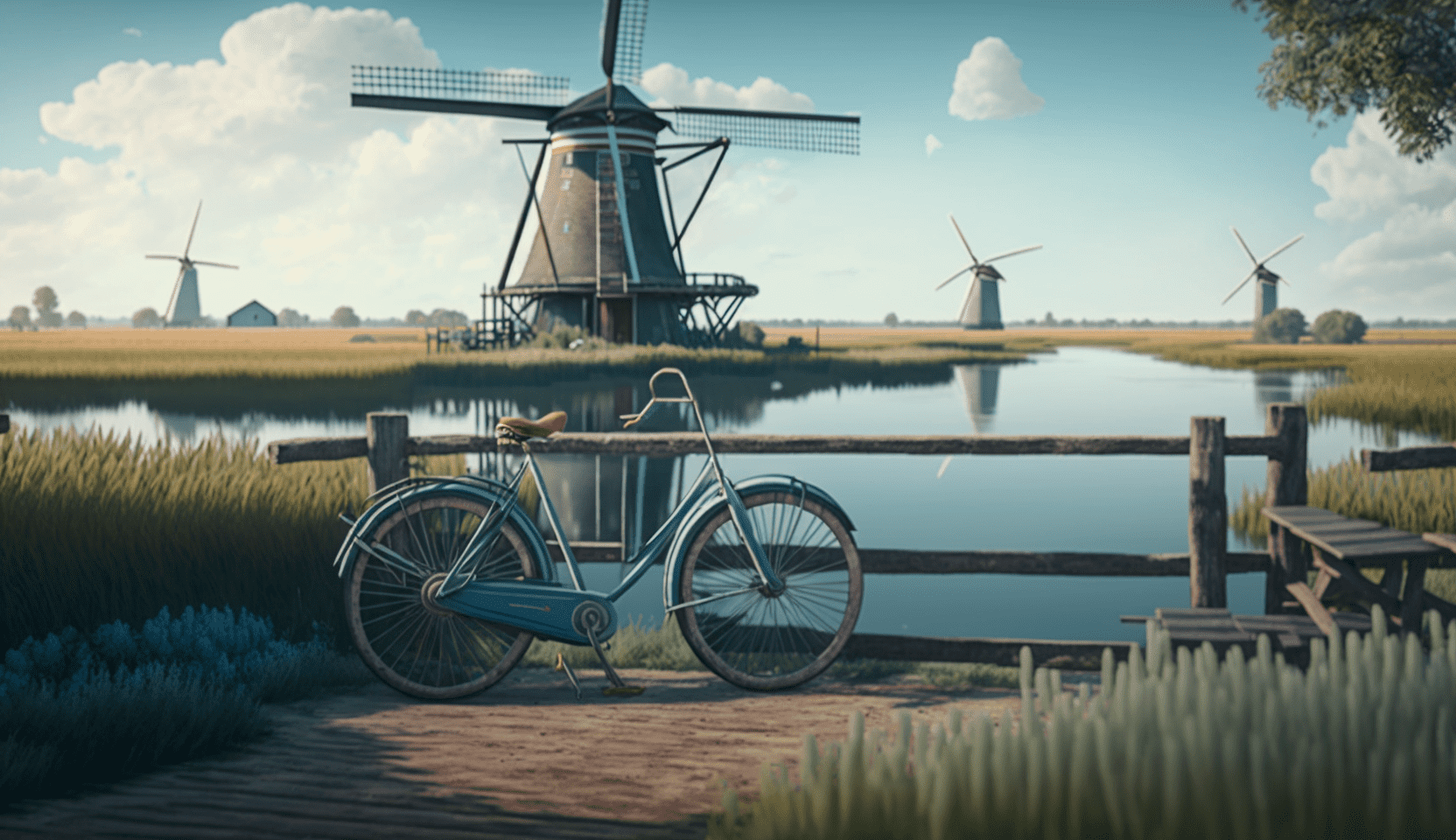
Together with Philips and the TU/e, the Catharina Hospital is developing an e-watch that detects cardiac arrhythmias on time. Such an e-watch provides a lot of data about a user’s life. More importantly, the underlying focus: what can we eventually do in the current technological era with all data that becomes available through innovative products like, for example, this e-watch.
The ‘smart’ watch measures the variability in the heartbeats, which indicates arrhythmias such as atrial fibrillation. Atrial fibrillation is very common, but it is difficult to diagnose because it is often unnoticed. It is accompanied by risks such as a stroke and that’s why early detection is so important. Prevention is therefore the word of the future when it comes to health. “After all, prevention is better than cure. We can now find out in an earlier stage who’s at risk of, in this case, an irregular rhythm of the heart”, says dr. Lukas Dekker, cardiologist at the Catharina Hospital.
“How can data systems help us make better decisions?”Lukas Dekker, Cardiologist Catharina Ziekenhuis
‘Smart guys’
Data science is an important theme there. “The Catharina Hospital has made a strategic choice to collect patient data in a very detailed manner and to design the automation so that that data is now available for research. We are going to work on Medical Intelligence and Decision Support. In other words: how can data systems help us make better decisions? We have a wealth of medical knowledge and information here, we learn a lot from that. But it can be smarter and so cooperation with ‘smart guys’ is indispensable. We are literally on gold. And especially in this Brainport region with partners such as Philips and the TU/e. Together we can ‘run’ very fast.”
Although the innovative developments follow one another at breakneck speed, there is still a lot in its infancy. “It is important to describe processes. We also have to deal with legislation and privacy of, for example, patients. As Catharina Hospital we save a lot of data to continuously improve our care. Because also a smarter analysis of all collected patient data can give us insight into risks, for example. This is still in the future, everyone is now still doing his own research and collecting his own data.”
Collaboration
As an example, Dekker gives the so-called Fitbits. “An incredibly beautiful development. People can keep track of their health at home. But if they come to us with this data, it can’t help us. I will still have to do my own research. There must come synergy, a certain uniformity, how we handle all the data we can collect. Eventually, we’re doing it all for the patient. Innovation is essential and therefore our Board of Directors supports such collaborations. We are in a privileged environment and we need to make the most of it. With each other! The e-watch is an example of how we can merge all this knowledge, but it might as well have been a bracelet or a necklace. The further development is important.”







